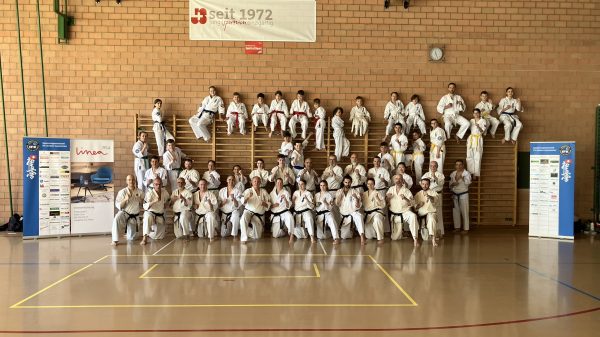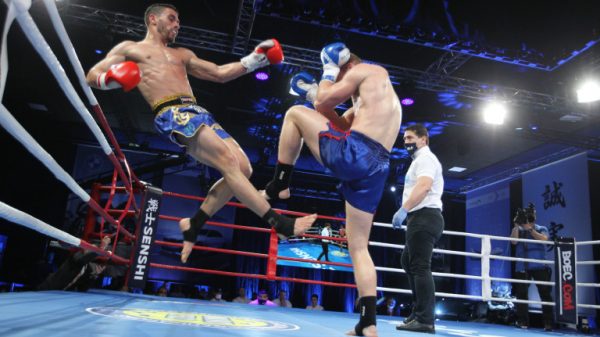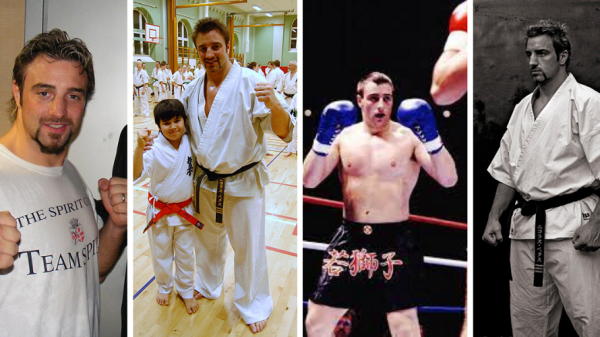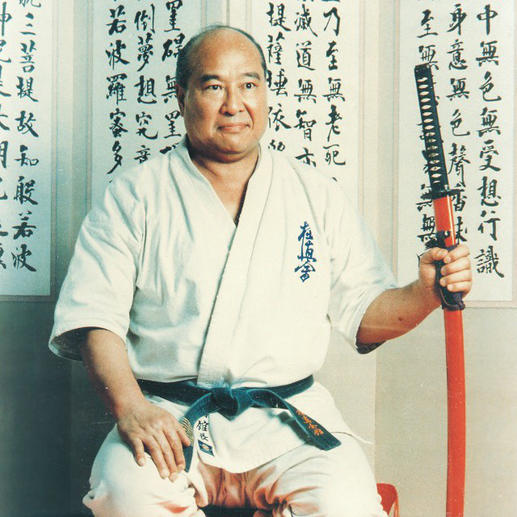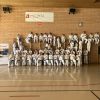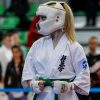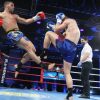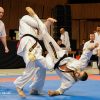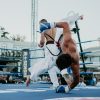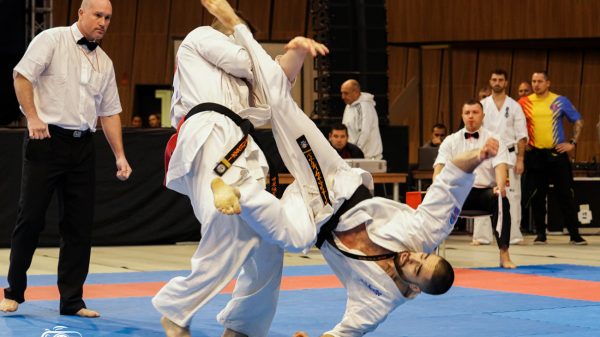Continuing on from last week’s article (which can be read HERE) this is the second part a two part article on ‘What Makes a Successful Dojo?’ by Liam Keaveney
WHAT MAKES A SUCCESSFUL DOJO? (part 2): Grading success?
It goes without saying that the advancement of students through the grading system is a positive indicator as to the student’s progress and generally it should be accepted that this fact can contribute to the dojos success at many levels. However there is a need to emphasise the issue that the goal of a dan grade (or indeed any grade) is not the destination but only a journey – and the premise is worth repeating that once the level of black belt is reached then the training, learning and teaching begin at a different level – which detail could be the content of an article in itself. I have currently about nine or ten black belts training regularly and in some ways they are now “beginners” taking their training and understanding now to a greater level and depth. They have reached the first (not the last) step of a long climb to further understanding and knowledge.
What is the purpose of karate training?
I suppose in order to establish “what is a successful dojo” we first need to have common agreement as to what is the function of karate training. Kyokushin Karate is termed Budo Karate – but what really does that mean and signify, as we push into a new decade and a new century? Since Kyokushin has only been in existence for little more than fifty years this must be termed modern budo – and under this we could define as “ a form of physical exercise, method of self defence (for the individual) sport and spiritual training” What is perhaps only clear is that Budo Karate, and not Sport Karate – a term now used for the karate based practice of having tournaments only in mind and which is supported by current British Government bodies as being good for British Sport in general – and thus funding and support can be seen widespread to the exclusion to all else of perhaps greater value. This can be a difficult situation because with the Government bodies only recognising structure outside of our domain – we could be seen as not being successful within British Sport. Notwithstanding this fact karate training is important for a number of reason that would mystify the Government bodies to the extreme. Training of the mind, body and spirit – must be an initial concept and the foundation of our training. Through this is a long and arduous process covering many decades we may experience many things and discover more along the long road including: humility, truth of technique (and of ourselves), self discipline, effort, harmony, respect, unselfishness, honour, loyalty, perseverance and courage. So in our journey of learning our kihon and kata (not forgetting our kumite) we have many lessons to learn which in essence can take a lifetime! Traditional Japanese budo recognises that there are three stages of learning: Shu, Ha and Ri. During the first stage the student following his instructor exactly and developing correct basic form in the execution of a technique. In the second stage the student (having learnt by rote the technique) now applies the technique to suit his or her abilities. In the final stage the student becomes completely spontaneous and the technique becomes a reflex. To achieve this end there must be a strong relationship with the instructor and student and we can see that the Sensei /Kohai relationship is extremely important and this in itself will alter adapt and expand over the decades finding harmony within the dojo. In the long term the objectives should be to perfecting technique and increasing knowledge and resultant ability. Students/instructors need to critically observe their progress perfect upon it and strive for improvement – no matter how long they have trained. This process is called “ryomi” in Japan – this is an ongoing process of self evaluation and criticism and not necessarily particular to martial arts and can relate to other aims and aspirations in life. Economic factors have to be eliminated from the equation and the desire to teach and learn for a “lifetime” is a serious issue. Unfortunately if the economic factors are not met instructors may be unable to financially support the running of a dojo. This situation from a superficial point is an indicator of survival and success. Having said all the above he term should perhaps be “successful instructor” not “successful dojo” and the emphasis should be on teaching ability. Our desire to teach should not be structured on “numbers” alone – can be done in small numbers and even one to one as in early times – but this will not be visible at courses, tournaments etc.
There are many aspects that reflect a successful dojo and its instructor and many of these indicators are not sometimes overtly visible or noticed to outside of dojo and even governing organisation. This are completely overlooked and perhaps ignored totally. Unless you actually training at the dojo you will have a preconceived idea of its “success” by looking at the number of students alone which we may see as an indicator of success or otherwise – and how wrong that is. Hanshi over the last few years is quoting Kenichi Sawai Sensei – who was fundamental in his (and Sosai Oyama’s) teachings within Kyokushin in the 1950’s and 1960’s – this man was a remarkable teacher – however he had no dojo, he had no students (apart form those that turned up occasionally to train) he had no organisation – so from the out side looking in he was not a success at all! How wrong that statement is! Citing this fact alone should give us the motivation to look closer as to what constitutes a successful dojo.
Conclusion
Can the definition of a successful dojo be looked at in a different way and should we look at it in terms of being a “successful instructor” – as it is the instructor that generates the teaching process? Ultimately it is the ability and resourcefulness of the instructor that in turn reflects on his or her students. So is it arguable that a successful dojo is one where the dojo instructor can give full and comprehensive teaching in all aspects of karate not specific to tournaments – although this is, in some degree, important for other reasons. But it is a fact that our own style made it reputation and popularity on the reputation of our World Knockdown Tournaments – so in some respects tournaments, in the broadest sense, are perhaps essential for specific reasons and goals. Also it should be remembered that organisations can be dependent on a structured and constant level of participation in Tournaments, Courses and Squads for other valid financial reasons – these could be to finance squads being sent abroad at International level for example.
We can also add that success at tournaments, gradings and suchlike contribute to the success and personality of a dojo – but it is the other, sometimes immeasurable, factors that contribute to the dojo’s overall success. It’s the qualities given to the individual student, by the instructor, and these should include a cultivation of the mind, body and spirit. The student should be encouraged to strive for perfection – which in essence is unattainable – but again it is the process that is important. Self discipline and effort also has an important part to play in the individuals and dojo’s success – the key to continual improvement lies in self discipline and to surpass the boundaries of what would appear to be the limits of the mind and body.
Having gone from the beginning to the end in a full circle the question still remains. What conclusion can we come to as what constitutes a “successful dojo”? In the final analysis each individual instructor and student will come up with different answers and we each have a right to do this. However these conclusions, can and will change as we continue to train though the decades. For me what stands out above everything else will be the cultivation of “mind, body and spirit”. We all have different ideals, ideas, aspirations and goals and dare I say in conclusion “all our lives through the discipline of karate we will seek to fulfil the true meaning of the Kyokushin Way” What ever that means to us as individuals whether we be a student or an instructor…


